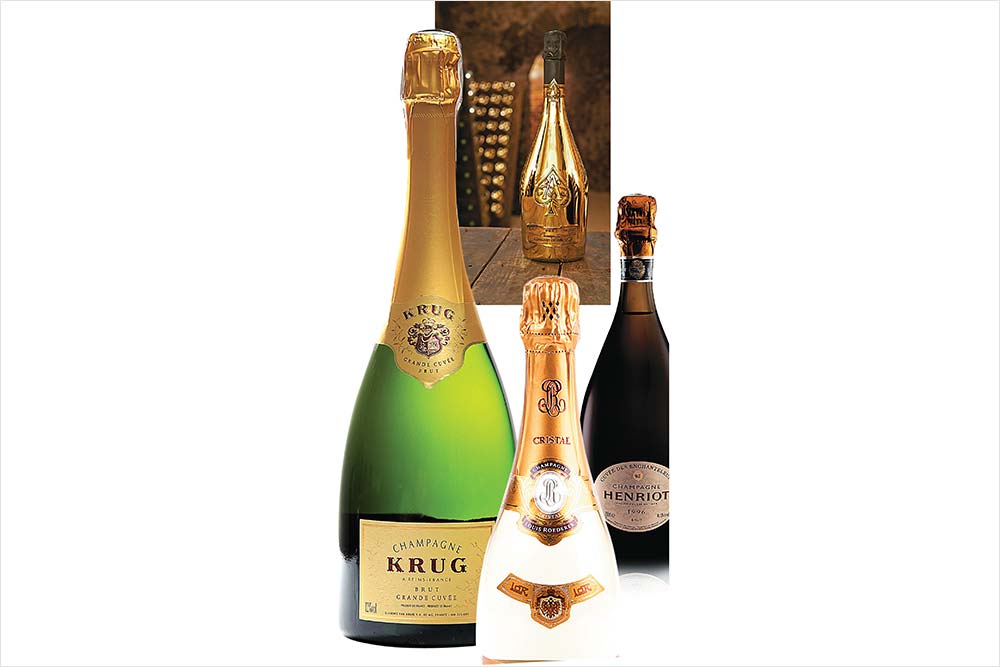Most of us don’t really like champagne and maybe the reason has nothing to do with our obsession with whisky. Even before economic reforms, champagne was associated with celebrations, but the bubbly we got was of uncertain vintage that had been indifferently stored, so chances were that it was spoilt, or very nearly spoilt, when it was popped. Men were mostly happy to pass on the whole roses-and-champagne thing as a woman’s drink, and the women who found the taste not to their liking didn’t know any better since there were no trained bar attendants to guide them on champagne drinking.
Part of the problem was the lack of availability of champagne in the market. Bottles were smuggled or did double-duty as gifts, so they were circulated between various homes until somebody would open one, with the attendant bad press.
And yet, there’s nothing as refreshing and joyful as a flute of champagne. There’s a candour to the wine that is a result of the bubbles, a sense of joie de vivre that the first sip provides, the palate opening up as it teases its way across the mouth. Even whisky drinkers appreciate that it at least makes a pleasing aperitif and an appreciation of champagne has led to increasing sales and a maturing palate that can distinguish between a superior or inferior cru, or vintage, or storage and service.
Still, a couple of decades and several brands later, are things different? I have to concede that champagne drinking remains iffy. We are pleased when waiters at parties balance trays with glasses of champagne as a welcome drink. But champagne is undrinkable for some of the same reasons as earlier. While our palates might have become more discerning, the storage and service of champagne remains dismal.
People who serve champagne at parties prefer to buy it from their bootlegger, as a result they have little choice over vintages, and even less about the way it has been stored. Champagne that’s been open for a while becomes tepid and loses its effervescence, making its mass serving a travesty.
Should champagne be served en masse at parties? I suppose there will always be hosts who wish to impress, but to my mind it is a disgrace to the beverage. Champagne is an intimate alcohol that deserves to be served only in a personalised manner. What might appear to be fussy accoutrements are intended to ensure that the champagne experience turns into a rewarding one. Which is why it is important that the champagne is placed with a slight tilt in an ice bucket, not just to keep it cool but to trap the bubbles from slipping out.
Hosts order champagne the way they’re ordering everything else — without bothering to read the labels. So it is inevitable that hotels or caterers will push the stocks of those champagnes that are past their sell-by date. The myth that the older a wine or champagne, the better it is, needs to be exploded. Certain vintages keep better than others, and some need to be consumed while they’re still young. A particular fad is serving pink champagne — but just the colour isn’t sufficient to guarantee quality. And, flutes do nothing for pink champagnes which must be served in the wider glass that was shaped — so an apocryphal tale has it — according to the shape of Napoleon’s mistress’ breasts.
—Kishore Singh is a delhi-based writer and curator











